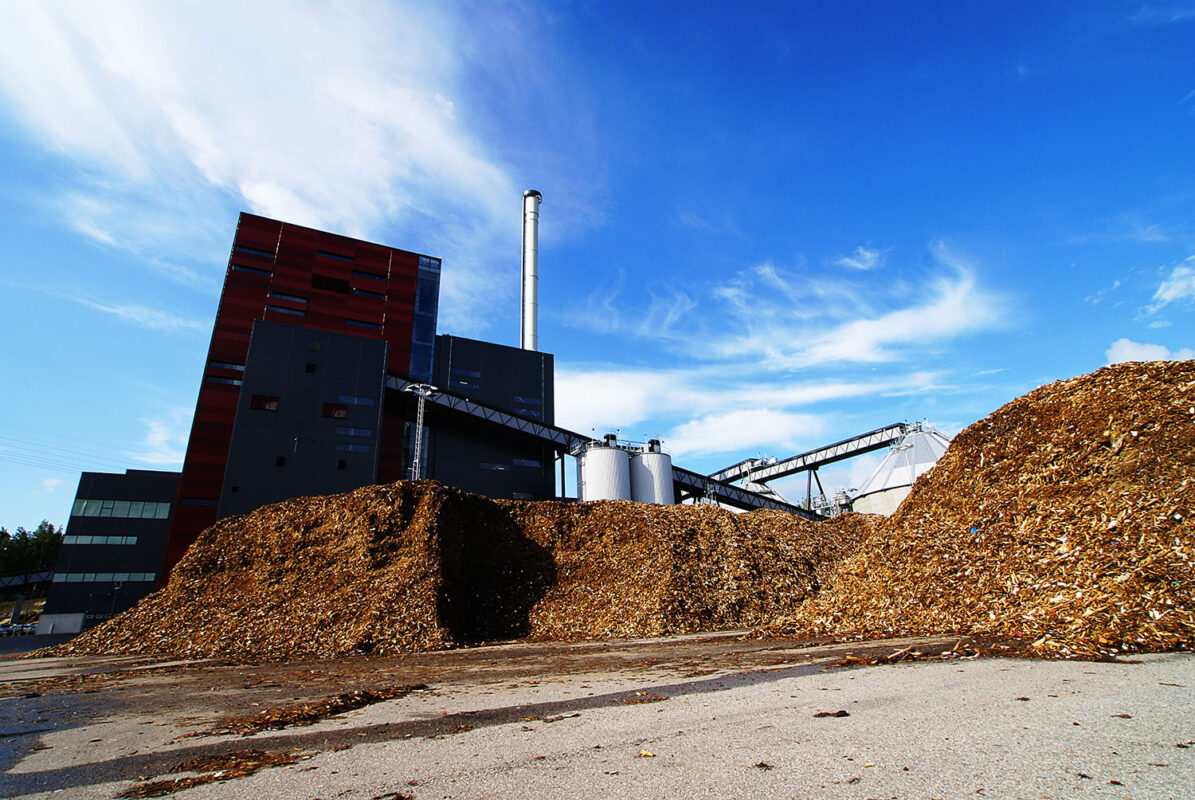What is biomass?
The term biomass called any material produced by living organisms (such as wood and other forest products
Energy is committed to natural substances derived from the sun. By the process of photosynthesis, plants transform solar energy into biomass. The animal organisms that energy to engage with their food and store a part of it.

This energy eventually attaches biomass, after processing and use. It is a renewable energy source because it is actually stored solar energy that was blocked by plants during photosynthesis.Biomass is the oldest and most widely used renewable energy source. Primitive man, to warm up and cook, use energy (heat) that came from the burning of wood, which is a kind of biomass
But so far, mainly rural populations, both in Africa, India and Latin America, and Europe, to warm, to cook and to elucidate using wood, plant residues (straw, sawdust, useless fruit or seeds Mr. .a.) and animal waste (manure, animal fat, useless etc. catches).
All the above materials, directly or indirectly derived from the plant world, but also waste and most of urban waste (food scraps, paper, etc.) of cities and industries, we can transform them into energy .
According to the Government Gazette 1450/2013 “biomass” me
A) products consisting of any vegetable matter originating from agriculture or forestry which can be used as fuel for the purpose of recovering its energy content,B) the following waste:
- vegetable waste from agriculture and forestry,
- natural waste from the food processing industry, if the heat generated is recovered,
- fibrous vegetable waste from virgin pulp production and from production of paper from pulp, if the waste is applied co-incineration process at the production site and the heat generated is recovered,
- cork waste,
- wood waste with the exception of wood waste which may contain halogenated organic compounds or heavy metals as a result of treatment with wood preservatives or coating, and which includes in particular such wood waste originating from construction and demolition.

Advantages of using biomass
1. Combustion of biomass has a zero balance of carbon dioxide (CO2) does not contribute to the greenhouse effect – because the amounts of carbon dioxide (CO2)released b
2. The minimal presence of sulfur in biomass contributes significantly to reducing the emissions of sulfur dioxide (SO2), which is responsible for acid rain.3. If the biomass is domestic source of energy, the exploitation of energy con
4. The energy use of biomass in an area increases employment in rural areas through the use of alternative crops (various kinds of rape, sorghum, reed, kenaf) the creation of alternative markets for traditional crops (sunflower, etc.), and holding the population to their homes, thus contributing to socio-economic development of the region. Studies have shown that the production of liquid biofuels has positive effects on employment both in agriculture and in industrial area.5. It is a renewable energy source
